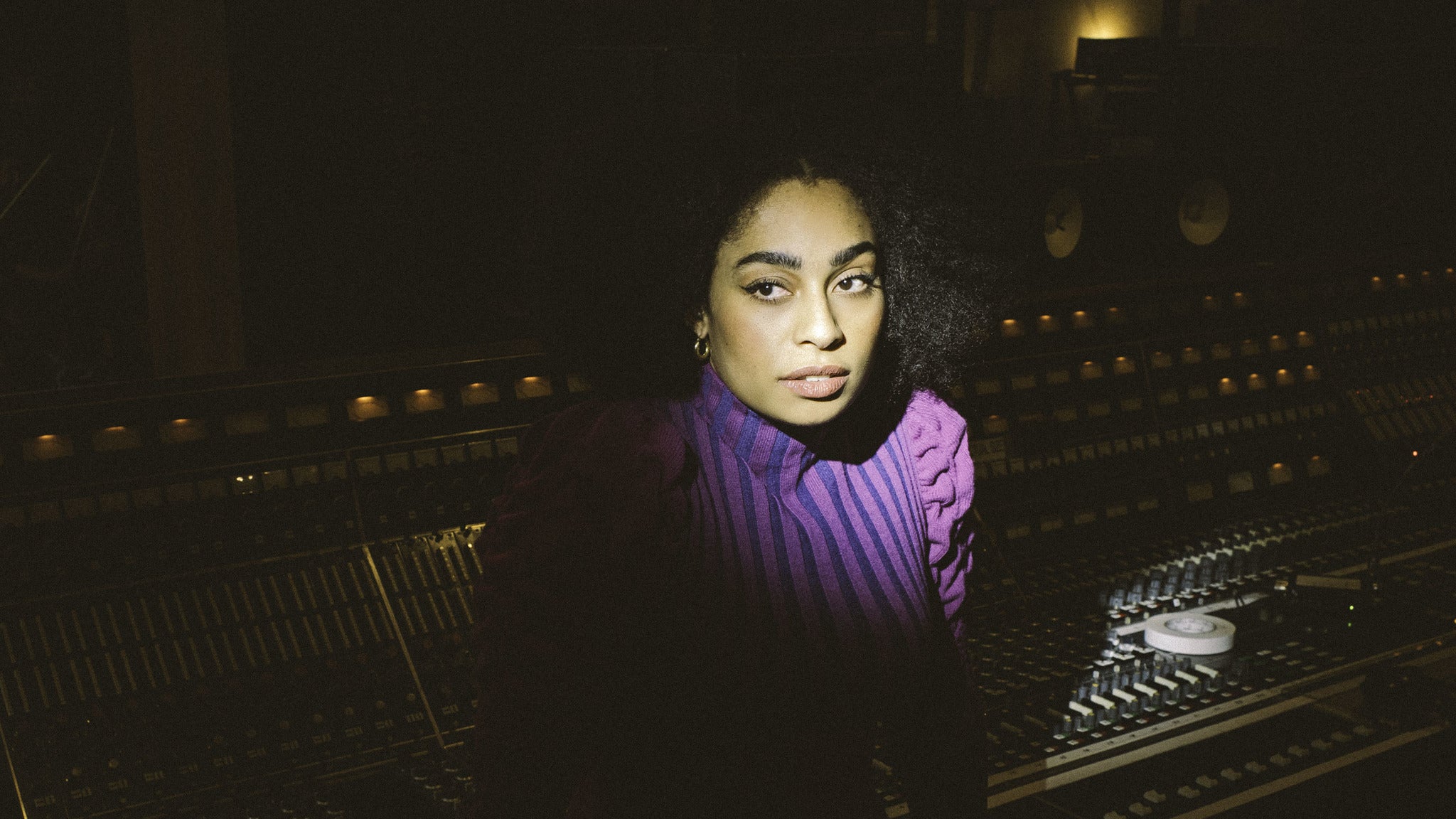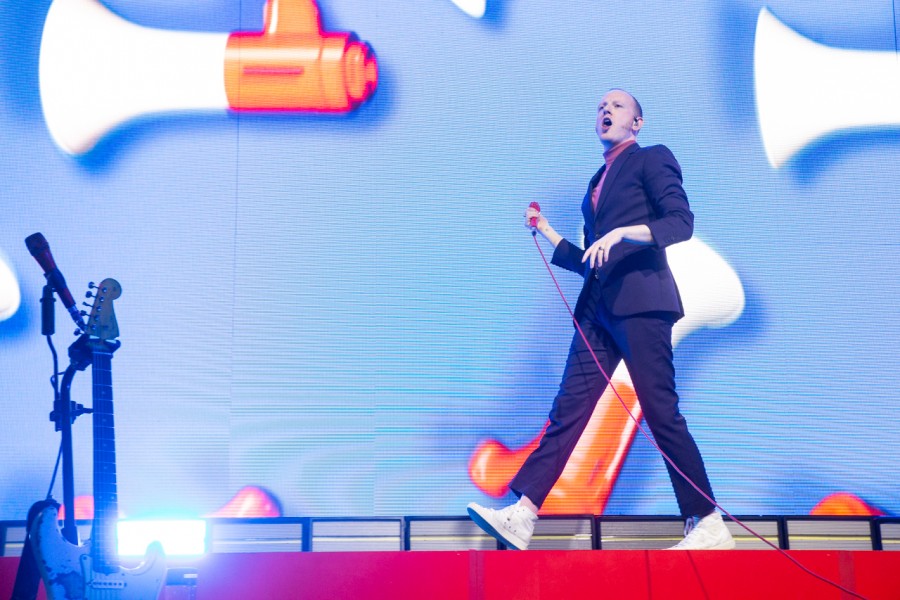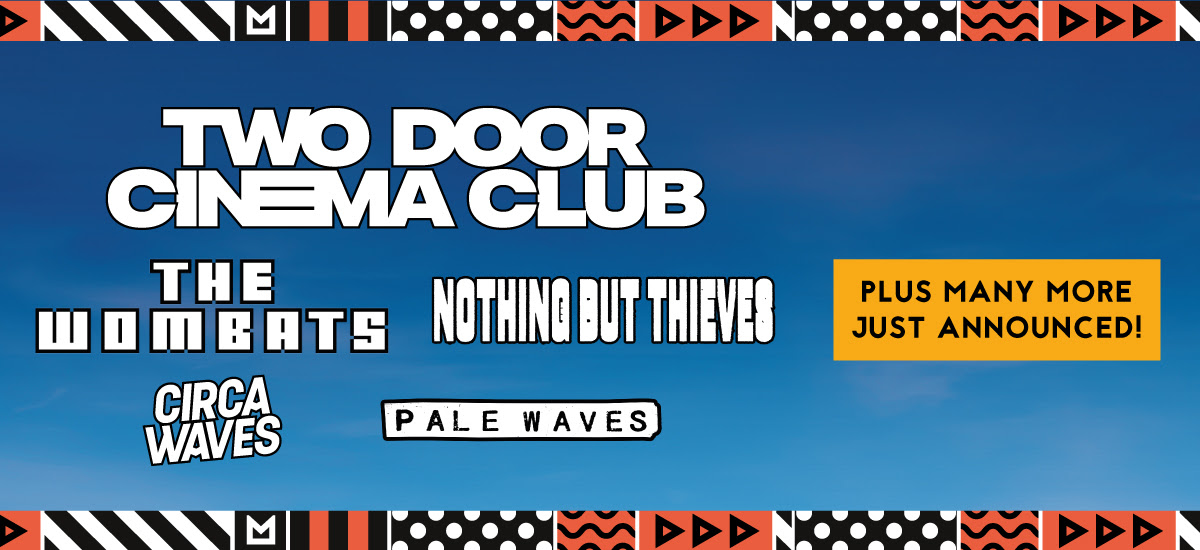
Martin’s Theater where the longest running play in history, Agatha Christie’s The Mousetrap, is still going strong. Across the street from that theater is another theater, making a triangle of theatrical history, called St. Formerly called the New Ambassador the theater got its name for the Ambassadors Theater Group, the largest operation of theaters in the West End. Right across the street is the Ambassador’s Theater. Next we made our way to the Ivy Restaurant, a hotspot for actors of Theaterland (another name for the West End) who come there after shows or to meet with other actors, directors and writers. Wyndham was a soldier and surgeon in the U.S.

It was built in 1899 by Charles Wyndham and his leading lady Mary Moore. Moving up Charing Cross Road we stopped to see the front of the Wyndham Theatre.

His ghost stills walks down the stairs and pats the actors on the back before they go on stage. Arthur Bourchier was an early manager who had an apartment above the theatre with stairs that lead right to the stage floor. The theatre’s ghost is an exceptional character. The theatre sits upon an old Roman River and Gilbert did not know weather to keep building or get fishing rights for the land. The theatre stands confident today, but when it was constructed W. From that spot we could point out the Garrick Theatre, which opened in 1887. Martin’s Lane, and looped up to Charring Cross Road where Wes gave his expert topic over Henry Irving in front of Irving’s statue. It has 2558 seats and is haunted by a WWI officer who died in action the night after he attended the theatre. When it was erected in 1904, the goal was to make it larger than Drury Lane. The theatre is haunted by a women dressed in all black she is said to be an early manager’s wife. They gladly changed the name to prevent confusion. Martin’s Lane we found the Duke of York Theatre which was built in 1892 and originally called Trafalgar Square. Both great men would play Romeo and Mercutio, alternating every night.ĭown St.

A few big names has shard the Neil Coward’s stage in 1934, John Gielgud starred in Hamlet, and in Olivier and Gielgud starred in Romeo and Juliet. Both theaters use the same stage door, though the Wyndham’s actors must cross an over head bridge to get to their dressing rooms. Though it is independent now, it still has existing ties with the Wyndham Theatre which sit just behind it. It was built in 1903 by the Wyndham Theatre and was used for additional space. The Noel Coward Theatre was originally called the New Theatre and after that the Albery Theatre. We paused for a moment as Nikki gave her expert topic over the young star and we all gazed at his beautiful face plaster on the theatre’s walls. In 1966 Carol Jenner took over management and put up her Unicorn Theatre for children.Īcross the street lay Noel Coward Theatre with its run of The Cripple of Inishmaan featuring Daniel Radcliffe. It was in the Art’s Theater where Peter Hall would premiere his English version of Waiting for Godot. He was only 24 years old and fresh out of college. In 1955 the theatre came under management of Peter Hall. The theater was originally a club theater used to show provocative shows that would not have been allowed for the general publish by the Licensing Act of 1737. Martin’s Lane.įrom there we pointed out the Art’s Theatre which was built in 1927. We were expecting to see some giant profound tree, but we then remembered it was only just planted in 2001.We walked down New Row Street to Lower St. On the side of the Roundhouse Pub there is a plague that makes the memorial.

The tree was dedicated to Anne Frank in 2001 by actors Hannah Taylor and Sir Ben Kingsley. We stopped and observed a tree on the corner of Garrick Street and New Row Street in front of the Roundhouse Pub. It is also a peculiar thing that the entrance is in the back in order to reduce the theatricality of the church, even though that is where most actors enter a theatre-the back stage door. Paul’s is also known as the Actor’s Church, as many famous actors were buried or had funeral services here, including Boris Karloff and John Philip Kemble. Paul’s Covent Garden was our first stop on the tour after taking the RV1 bus to Covent Garden Market.


 0 kommentar(er)
0 kommentar(er)
